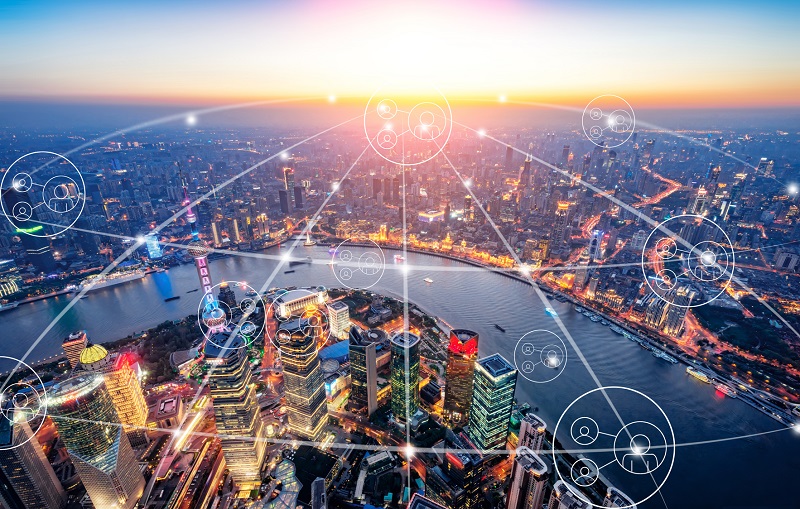This blog also ran on the «Let’s Talk Supply Chain» blog.
It is not a secret that technology evolves at an accelerated rate. As an example, I have seen the progress of vinyl records to cassettes to compact discs to playable digital files and finally to streaming media. My teenage sons, on the other hand, have never owned a CD and barely recall downloading mp3s.
One of the more interesting advances in technology, particularly in a business and consumer setting is in the area of Artificial Intelligence (AI) and Machine Learning (ML). Building upon the confluence of device (sensor) proliferation, high speed data ingestion and advances in computing power, AI/ML produces use case-driven insights that we leverage in what seems like all aspects of our lives.
It is an advancing space that is both obvious – think of the personal assistant on the smart phone of your choice – and yet subtle – think of the fitness device insights and streaming service viewing suggestions – at the same time.
In the world of logistics, the contributing forces are similar. The availability of disparate data and highly scalable ingestion engines, the advent of performant and elastic public clouds, and the wider adoption of open application program interfaces (APIs), presents a ripe opportunity to apply AI/ML to provide unique, incremental value.
But like many things, how do you separate hype from reality? In our consumer world, if our streaming service suggests something that we wouldn’t watch, we just skip over it. If my fitness watch tells me to rest when my coach tells me to train, then I train. In the world of supply chain, however, poor or weak insights have real impact and real cost.
To separate the wheat from the chaff, I suggest considering three approaches:
Applying this in practice, let’s take an example of a logistics solution promising AI/ML powered routing. Working through the steps:
- Avoid the general: What aspect of route planning is being improved? e.g. load fill rate, driver assignment, route sequence.
- The right data in abundance: What data is the model leveraging? What is the timeliness and reliability of that data? What is the scope of the data being considered?
- Proven in reality: Has the problem been solved in a real-world scenario? In what circumstances e.g. a grocery environment will have different data and considerations than an industrial manufacturer.
The acceleration of technology is enough to give anyone pause. The opportunity these advancements present are unprecedented but also forces us to really understand what data is there. By interrogating three simple perspectives, we can quickly separate the real from the noise and take our logistics networks from vinyl to streaming. For additional knowledge visit Luminate Logistics or read an eBook about how to do well in a transformed world.

